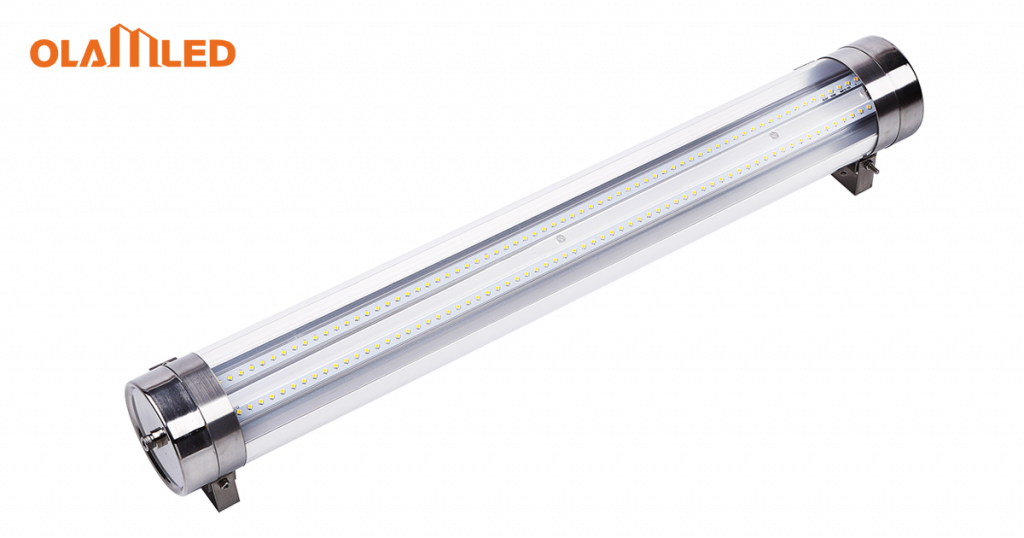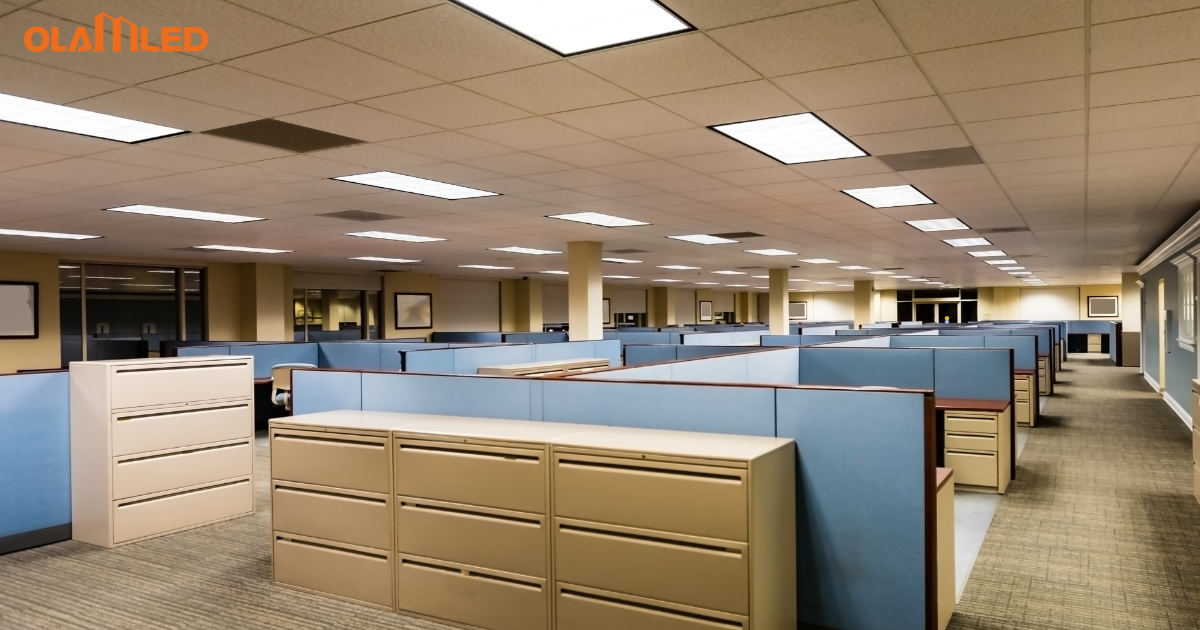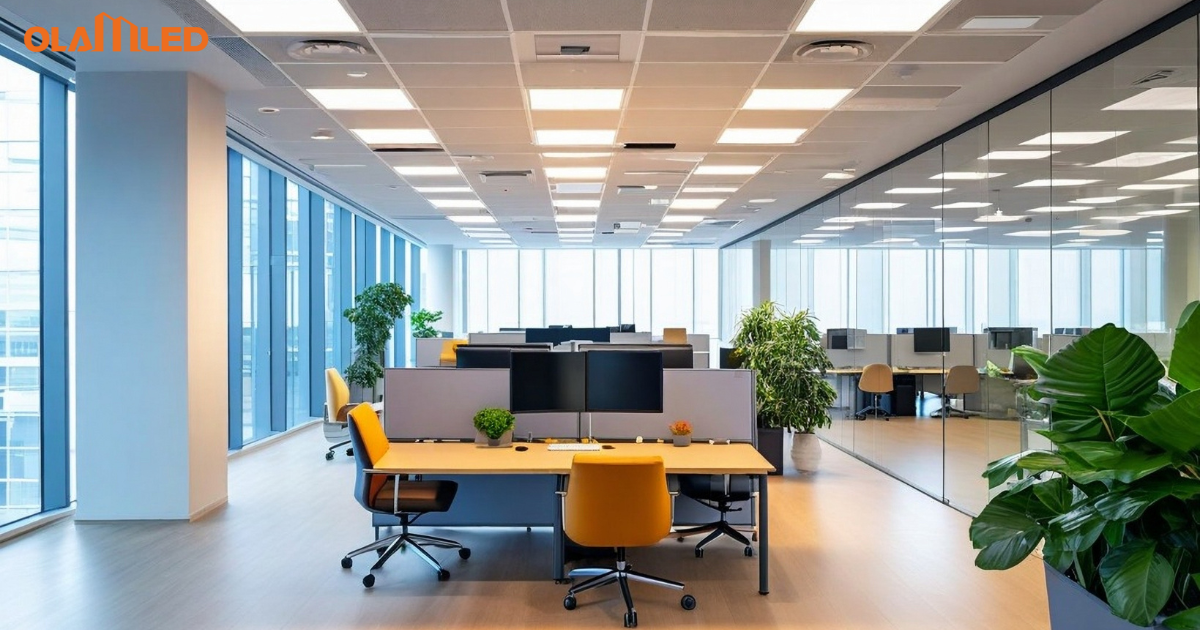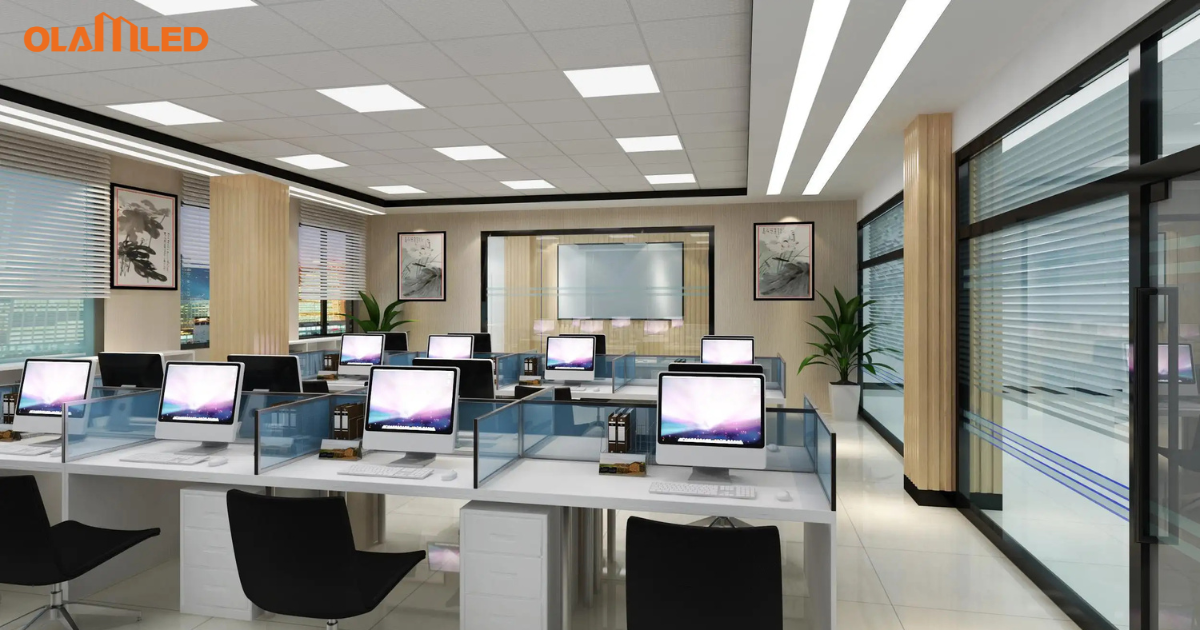Why Upgrade to Explosion-Proof Lighting?
In industries where hazardous materials are present, worker safety is the top priority. Explosion-proof lighting is designed to operate safely in environments where flammable gases, vapors, or dust are present, reducing the risk of ignition. Implementing these specialized lighting solutions helps protect both workers and equipment in environments like oil refineries, chemical plants, and mining operations.
The safety benefits go beyond accident prevention—they also ensure compliance with regulations like OSHA and ATEX, and provide economic advantages through cost savings and enhanced operational efficiency. With proper explosion-proof lighting, businesses can reduce the risk of accidents caused by inadequate illumination and improve overall workplace safety.
Understanding the Risks in Hazardous Zones
Hazardous environments are often characterized by the presence of flammable substances such as gases, vapors, or dust. Inadequate lighting in these areas significantly increases safety risks, contributing to accidents like slips, trips, and falls. Additionally, poor visibility can lead to operational errors and delayed responses during emergencies.
For example, poorly lit environments contribute to 30% of accidents in hazardous zones. In emergency situations, insufficient lighting makes evacuations more difficult, resulting in more severe outcomes. Proper explosion-proof lighting mitigates these risks, offering both safety and compliance benefits.
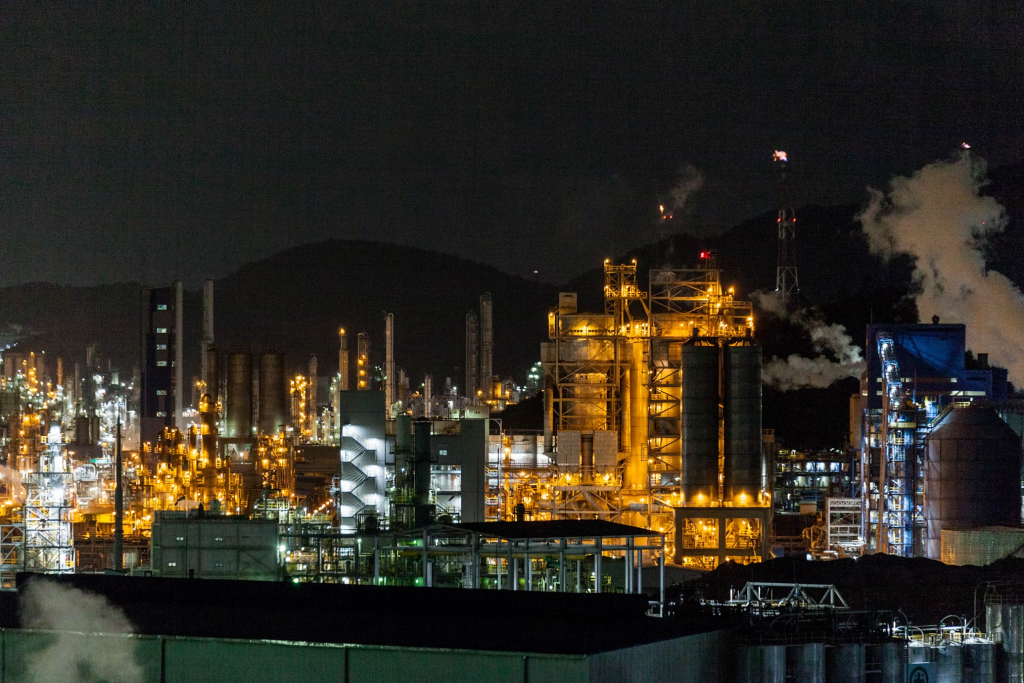
How Explosion-Proof Lighting Mitigates Hazards
Explosion-proof lighting is specifically designed to prevent the ignition of flammable materials in hazardous zones. These lights feature sturdy materials, such as tempered glass and robust enclosures, to contain any potential explosions. Sealed units are also dust- and moisture-resistant, making them effective in extreme conditions.
Advanced technologies, such as LED lights and IoT integrations, offer energy efficiency and real-time monitoring, ensuring the lighting performs effectively. By preventing sparks and heat from escaping, explosion-proof lighting enhances both safety and operational efficiency in industries with high-risk environments.
Key Benefits of Explosion-Proof Lighting
Enhanced Safety and Compliance
Explosion-proof lighting ensures compliance with safety standards, like OSHA and ATEX, which are critical for preventing accidents in hazardous environments. Properly installed lighting systems that meet these standards help businesses protect their workforce and avoid costly penalties. Explosion-proof lights reduce the risk of explosions, improving overall workplace safety.
Cost Savings and Energy Efficiency
Though the initial investment in explosion-proof lighting may be higher, it offers long-term savings. LED explosion-proof lights are energy-efficient and have a much longer lifespan—up to 50,000 hours. This reduces both electricity costs and the need for frequent bulb replacements. Additionally, these lights can lower operational downtime, contributing to a more cost-effective operation.
Improved Visibility and Operational Productivity
Proper lighting improves visibility, which is essential in high-risk industrial settings. With improved illumination, workers can navigate safely, perform tasks more efficiently, and reduce the likelihood of mistakes. Facilities that have switched to explosion-proof lighting have reported increases in productivity, as workers are able to move and work more effectively in well-lit environments.
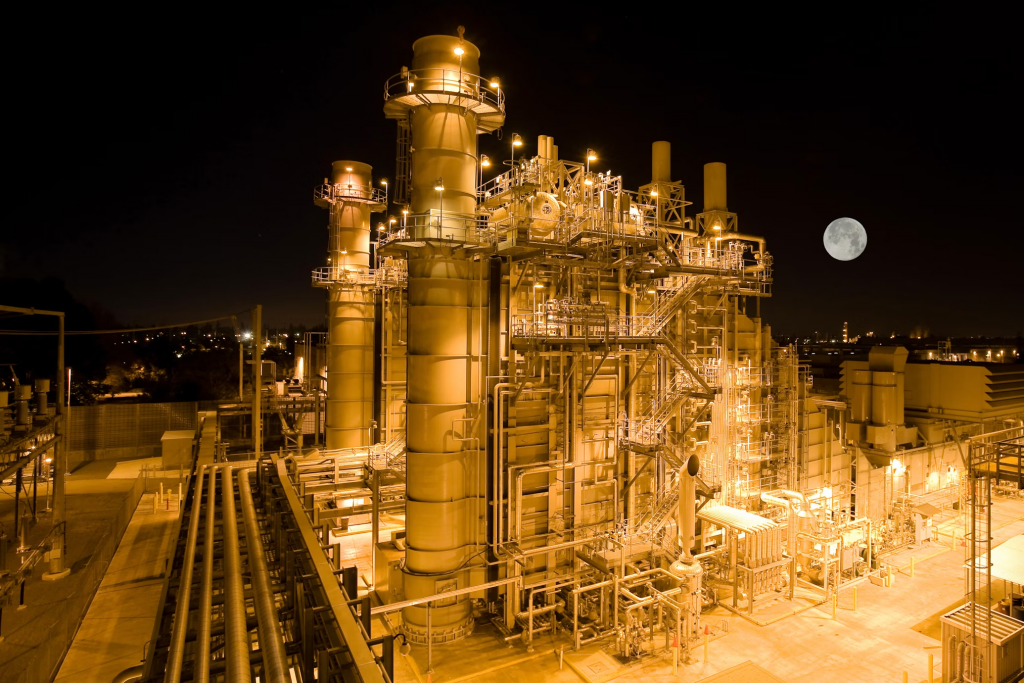
Types of Explosion-Proof Lighting Solutions
LED Explosion-Proof Lights
LED explosion-proof lights are among the most energy-efficient lighting solutions available. These lights provide instant illumination and have a long lifespan, reducing both maintenance costs and energy consumption. Their rugged construction makes them ideal for harsh environments, offering high levels of dust and moisture resistance.
LEDs also feature adjustable brightness and color temperature settings, making them suitable for a range of hazardous environments, including oil and gas, chemical processing, and mining.
Fluorescent Lighting Options
Fluorescent explosion-proof lights are another common option. While they are not as energy-efficient as LEDs, they are still effective in many industrial applications. Fluorescent lights are often used in settings where the explosion risk is moderate, such as chemical plants. These lights offer reliable performance and are available in various configurations.
Specialty Lighting for Unique Environments
Some hazardous zones require lighting solutions that are tailored to the specific needs of the environment. This includes portable lighting for confined spaces or specialized task lighting for maintenance work. Each lighting solution must meet the necessary safety standards to ensure both worker protection and operational efficiency.
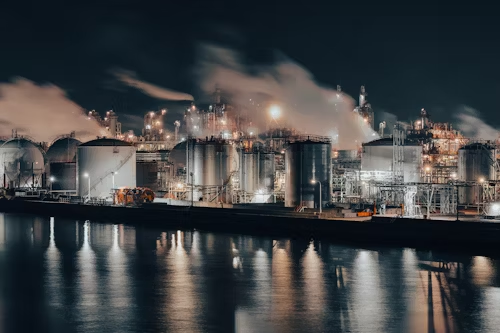
Choosing the Right Explosion-Proof Lighting for Your Facility
When selecting explosion-proof lighting, it’s crucial to assess your facility’s specific hazards and operational requirements. Consider factors such as the type of hazardous materials present, the environment’s temperature and humidity, and the required brightness levels.
Risk Assessment and Compliance
Begin by identifying the hazardous materials in your facility and the corresponding explosion-proof lighting requirements. Follow industry guidelines and regulations, such as those set by OSHA and ATEX, to ensure compliance. These standards outline the necessary lighting levels for different hazardous zones, such as a minimum of 30 foot-candles for general work areas and 5 foot-candles for emergency exits.
Installation and Maintenance
To ensure the effectiveness of your explosion-proof lighting system, work with qualified professionals for installation. After installation, regular maintenance is crucial to maintaining safety and efficiency. Schedule inspections every six months, focusing on components such as seals and wiring, and replace any damaged fixtures immediately to prevent operational disruptions.
Common Myths About Explosion-Proof Lighting
Myth 1: Explosion-Proof Lighting Can Be Used Anywhere
Explosion-proof lighting is designed for specific environments, and it’s important to choose lighting that is rated for the particular hazardous zone where it will be installed. Different zones—such as Class I, Division 1 for flammable gases and Class II, Division 1 for combustible dust—require different lighting specifications. Using the wrong type can lead to safety risks.
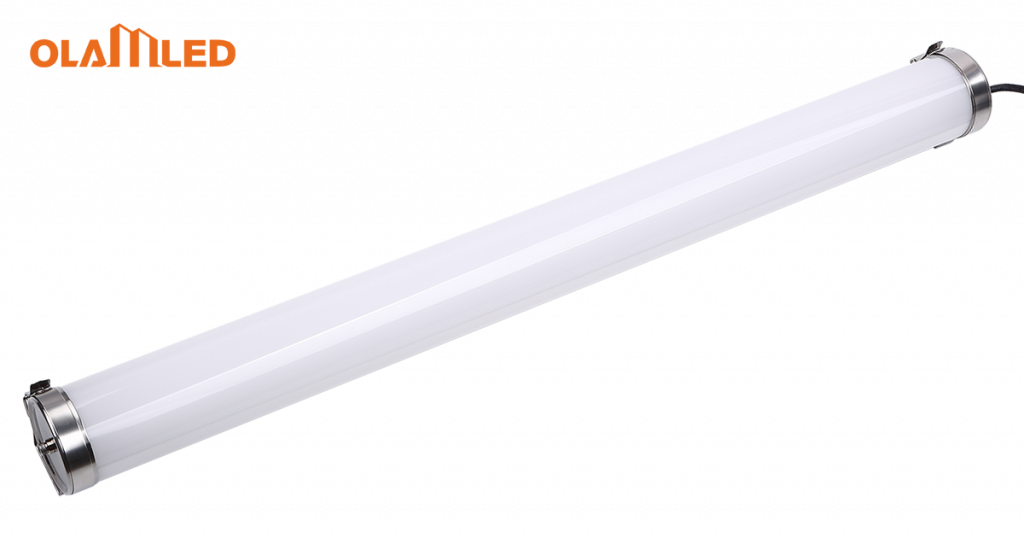
Myth 2: Explosion-Proof Lights Are Bulky and Unattractive
Modern explosion-proof lights are designed to be both safe and aesthetically pleasing. Manufacturers now offer sleek and compact designs that meet safety standards without compromising on style or functionality. These lights can seamlessly blend into commercial and industrial environments while providing optimal safety.
Myth 3: Explosion-Proof Lighting Is Too Expensive
Although explosion-proof lighting systems may have higher upfront costs, they provide substantial long-term savings in energy efficiency, reduced maintenance, and fewer accidents. Over time, the savings from fewer replacements and lower energy consumption outweigh the initial investment.
FAQs about Explosion-Proof Lighting
What Makes Lighting Explosion-Proof?
Explosion-proof lighting is built with robust materials and features that prevent the release of sparks or heat that could ignite flammable materials. These fixtures are sealed to keep dust and gases from entering, ensuring safety in hazardous zones.
How Do I Ensure Compliance with Safety Standards?
Ensure that your lighting meets safety standards such as ATEX, UL 844, and NEC. Regular inspections, maintenance, and proper documentation are essential for staying compliant with safety regulations.
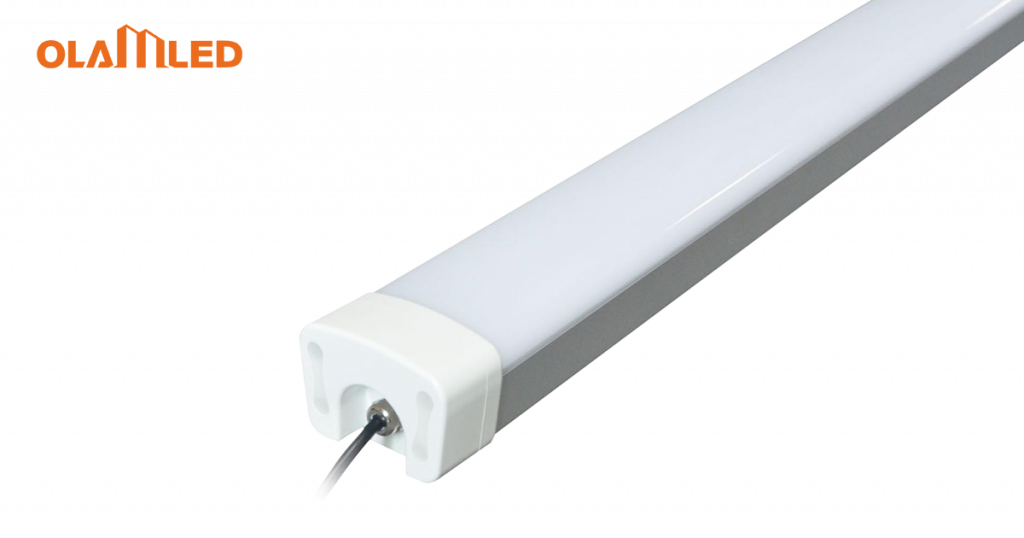
What Are the Cost Implications of Upgrading to Explosion-Proof Lighting?
While the initial cost may be higher, upgrading to explosion-proof lighting can lead to significant savings in energy, maintenance, and operational downtime. The return on investment is often realized within a few years.
Can LED Lights Be Used in All Hazardous Areas?
LED explosion-proof lights are suitable for many hazardous areas, but it’s important to consider the specific classification of the zone. For high-risk zones like Zone 0, additional considerations may be needed.
How Often Should Explosion-Proof Lighting Be Maintained?
To ensure optimal performance, explosion-proof lighting should be inspected every six months. Regular maintenance includes checking for wear, cleaning fixtures, and replacing damaged parts to keep the system functioning effectively.
